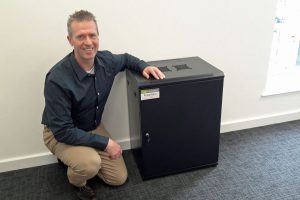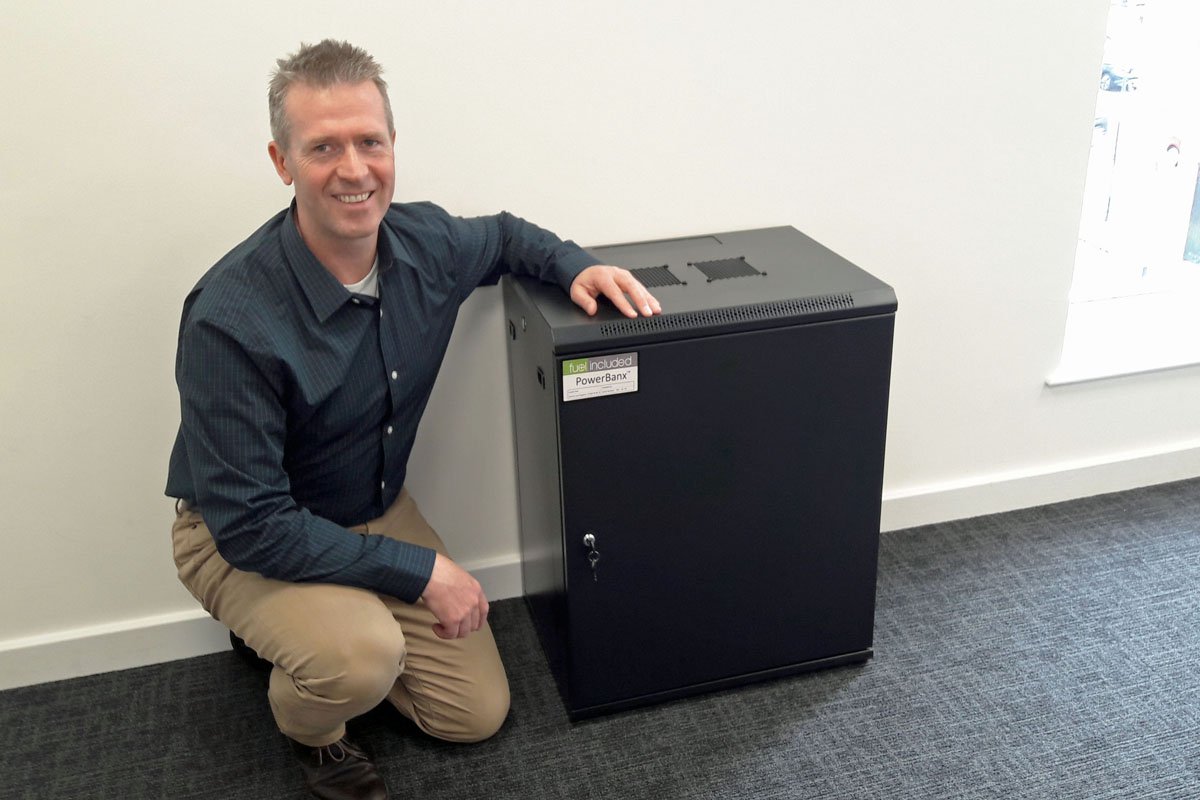Details have emerged of the UK’s Smart Export Guarantee (SEG), which will see owners of small-scale solar facilities continue to be paid for surplus energy sent to the grid, aiming to close the policy gap left by the end of feed-in tariffs (FiTs), by the end of 2019.
Details of the SEG have been much-awaited since the closure of the FiT at the end of March 2019, with concerns over a significant policy gap being raised by many in the industry.
Today, the department for Business, Energy and Industrial Strategy (BEIS) revealed that suppliers must implement the SEG before 1 January 2020.
The SEG requires any licensed supplier with over 150, 000 domestic customers to provide at least one export tariff, a difference to the original proposal of suppliers with over 250, 000 domestic customers. Smaller suppliers can take part on a voluntary basis but will be held to the same operational requirements as larger suppliers.
The design of the tariff is being left up to the individual supplier, which BEIS says is to allow for innovation and quick implementation. However, it is expected that over time tariffs will become increasingly smart.
Already suppliers E.On and Octopus have provided export tariffs, although E.On’s offering is limited to the first 500 customers and lasts only for a year. Octopus is offering two tariffs; a flat rate offering 5.5p (US$0.069) per kWh of exported electricity and a variable rate dubbed Agile Octopus.
Under the SEG, generators up to 5MW will be guaranteed payment from suppliers. However, there is no required minimum floor price, simply the requisite that tariffs must be above zero. This is despite campaigning from the Solar Trade Association, among others, including both opposition Labour and government Conservative Members of Parliament (MPs), for a minimum floor price.
Specifics include eligibility for co-located energy storage systems
When the SEG was first announced, it was uncertain whether or not storage would be eligible. BEIS has now confirmed that storage will be able to take part, provided it is co-located with an SEG-qualified small-scale renewable generator.

Tanjent’s PowerBanx X battery storage, in black enclosure (Image: Tanjent)
To guarantee safety, suppliers will be required to source evidence that all installs are certified through the Microgeneration Certification Scheme or a suitable equivalent. However, there are no plans for a central registration of installations.
Read more: Energy Storage News



